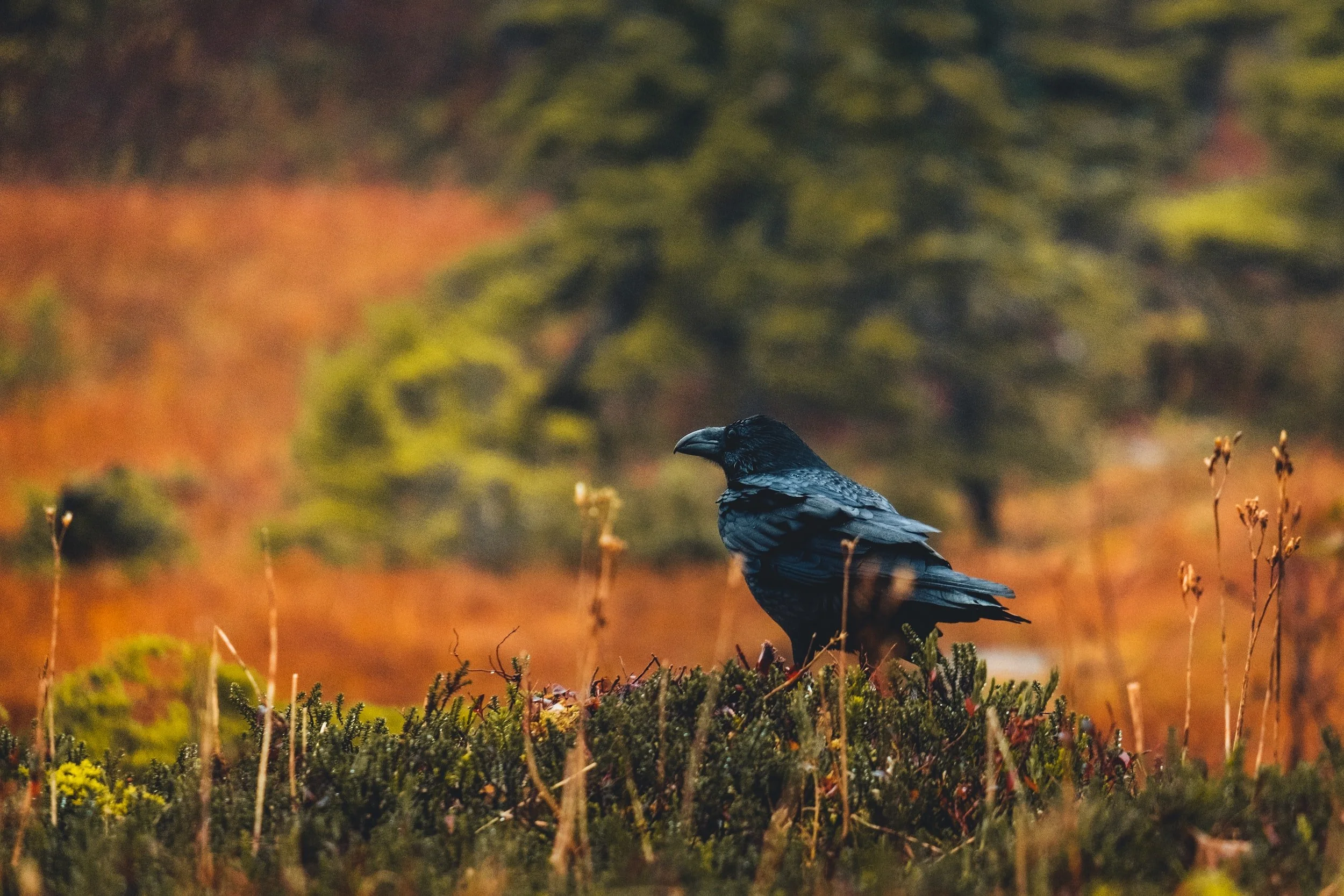Alaska’s Species Spotlights!
Learn about some of Alaska’s wildlife in our special features, complete with a coloring sheet, videos, and fact sheets!
Yawning fox photo by Southeast Chapter Board member, Linda Shaw
Watch or read longtime AWA member, Bob Armstrong’s latest post on the emotional lives of Alaska’s wildlife. “ I often spend months and sometimes years trying to understand the behavior of certain mammals in the wild…here are a few images and short stories that have impressed me the most.”
There’s a global traveler who’s in it for the long haul… the Arctic tern! Catch more about this special bird in this Species Spotlight.
The wolves of the sea? Killer whales, of course! Read more about one of the world’s most widespread mammals.
Chickens, barn doors, and Pacific halibut… how are they all connected? Find out in this Species Spotlight!
Meadow voles are not mice. Surprised? There’s a lot more to learn in this Species Spotlight!
Breach for the sky! With one of the longest migrations of any animal on the planet, this whiskered whale has a lot to celebrate. Check out more about the humpback whale in this Species Spotlight!
Boldly (yet functionally) accessorized, the Dall sheep is perfectly prepared for living in Alaska's rugged terrain. Meet this Alaskan icon in our next Species Spotlight!
Want to learn more about the G.O.A.T. that is not actually a goat? Jump in and read on, there’s a lot to discover about the mountain goat in this Species Spotlight!
Sockeye or “red” salmon are icons of Alaska. It’s only fair that this famous fish is highlighted in our next Species Spotlight! Read on to discover something new about this keystone species and learn about how so many species (including humans!) depend on it.
As a result of the isolated and naturally fragmented geography of Southeast Alaska, the Alexander Archipelago wolf (Canis lupus ligoni) is potentially more sensitive to human activity and habitat disturbance than elsewhere in the state. This greater sensitivity is particularly a concern in the southern archipelago where deer populations are strongly influenced by the loss and fragmentation of old-growth forest habitat.
Sea otters are keystone predators that maintain the dense, productive forests of kelp in coastal Alaska. Kelp forests are habitat for many invertebrates that are food for over 20 species of fish; these forests also provide spawning habitat for herring and Atka mackerel as well as nursery areas for salmon fry. Many birds, such as sea ducks, use them for resting and feeding. The forests of giant algal fronds protect the coastline from severe wave action and, like our land-based forests, absorb carbon dioxide from the atmosphere, helping to reduce global warming.














